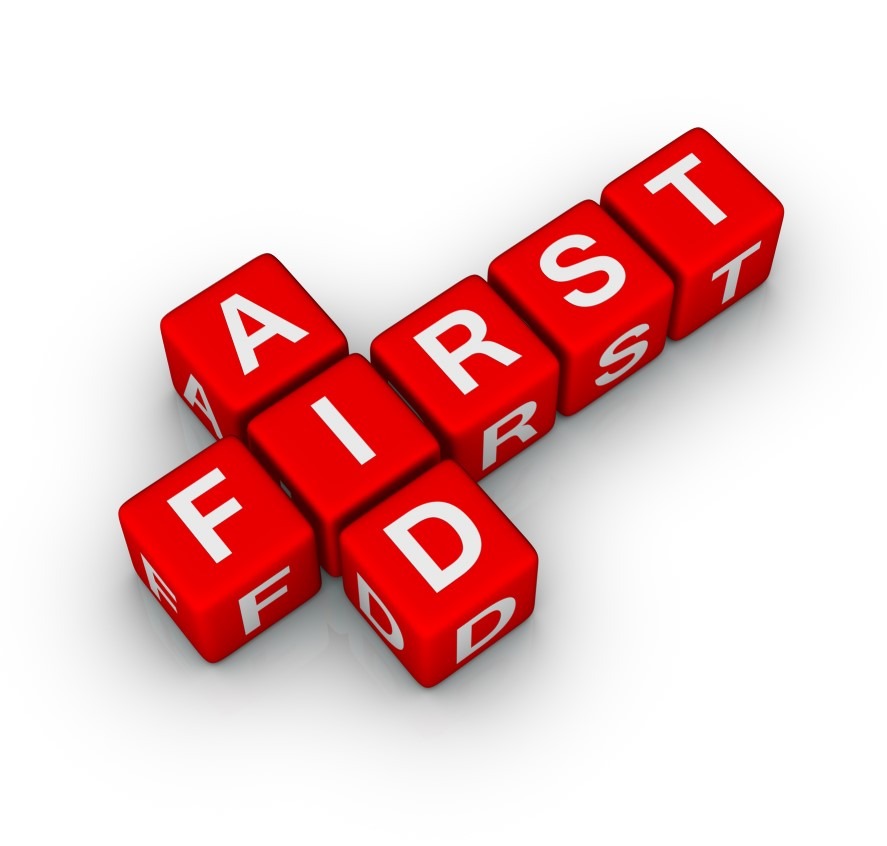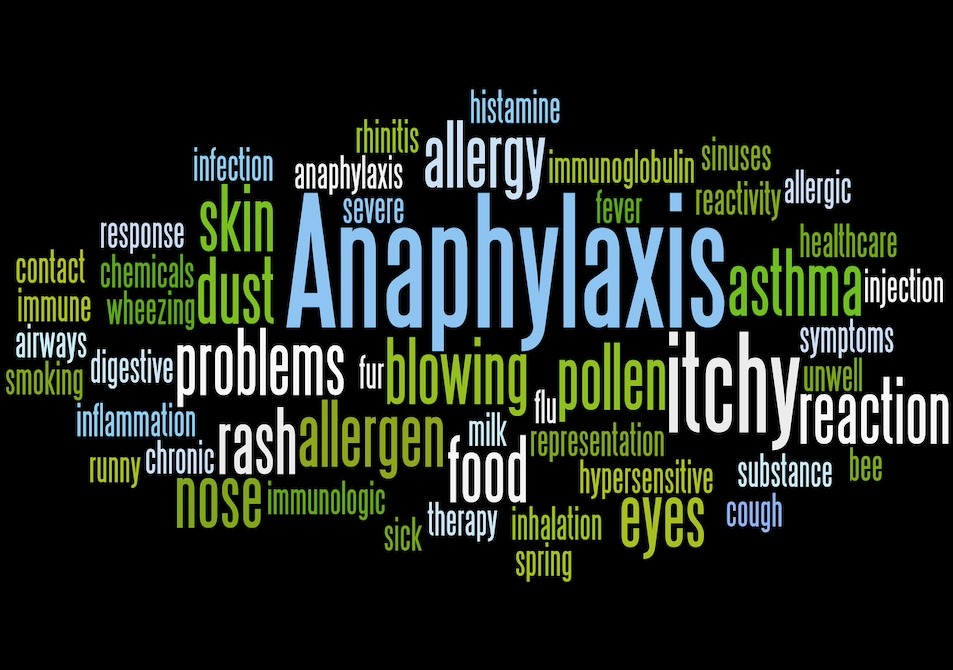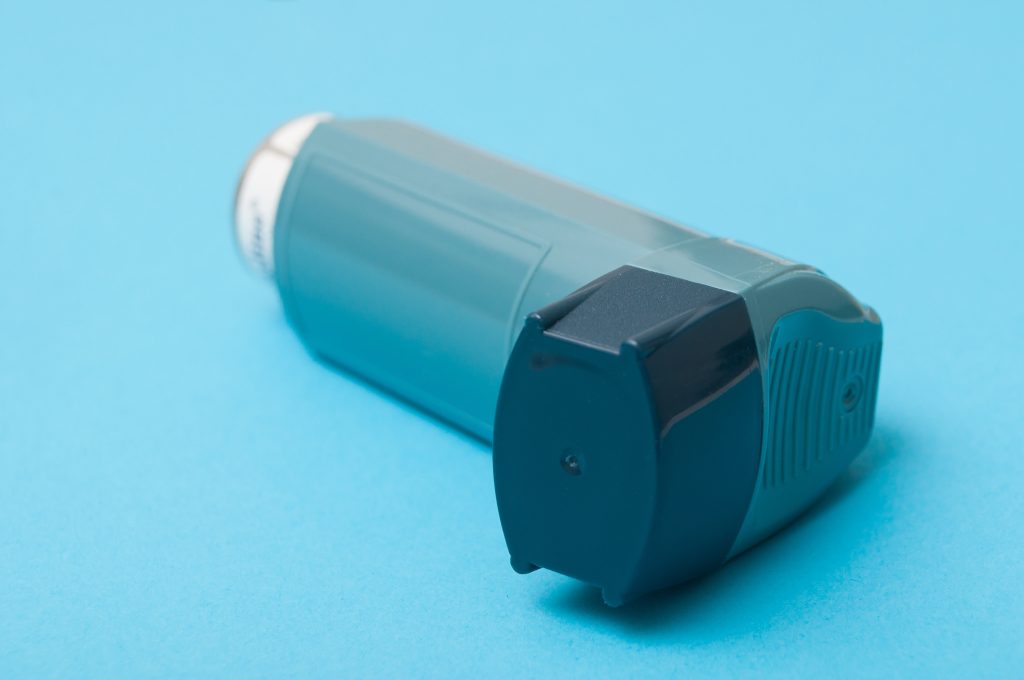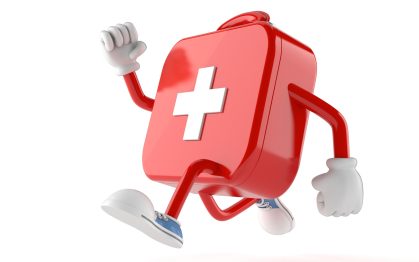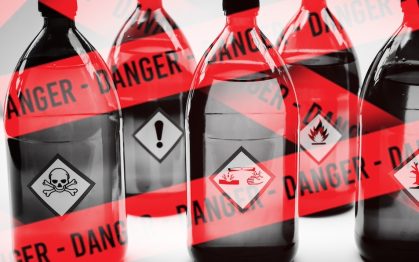The starting point for all schools is to conduct a First Aid needs assessment – the HSE and the DfE give great advice on how to do this. We can of course help, its not as daunting as it sounds , it’s just about considering the size of the school, the number of employees, considering pupils and their possible medical conditions and any visitors to site. It’s also best to consider proximity to emergency services or likely response times and the history of any previous medical emergencies.
While regulations do not require employers to provide first aid for anyone other than their own employees, it is strongly recommended that all schools and colleges consider the needs of non-employees such as pupils, students and visitors when making provision for first aid.
In the majority of cases this drives secondary schools to look at 3 different titles with us, these are:
Emergency First Aid at Work for Schools (EFAW for Schools).
This one day course is suitable for all school staff , the content meets the HSE required syllabus for Emergency First Aid at Work but as the title suggests we acknowledge the requirement to tailor to both employees and pupils and add in relevant content accordingly. Most schools will train as many team members as possible on this title.
The second title is First Aid at Work, this 3 day course gives team members greater opportunity to get comfortable with the practical elements of CPR and choking, the syllabus is largely the same as the EFAW for schools but there is depth of knowledge and more time for scenarios – there are also more formal practical assessments.
The third title is Outdoor First Aid – This two day course is suitable for teachers and DofE assessors, The course includes both theory and practical sessions, in a relaxed atmosphere, aimed to boost a delegate’s confidence.
The content has been developed ( by the Institute for Outdoor Learning) to ensure that Teachers can accompany children off site on trips where the environmental factors and the nature/remoteness of the activities will require a specific first aid syllabus to be covered. Alongside the core first aid subjects there is special attention to subjects such as:
Recognition and management of drowning
Insulation and shelter
Age awareness for vital signs/CPR/bleeding
Ongoing monitoring and casualty care whilst awaiting help
Hypo/hyperthermia
Dehydration,
Stabilising/insulating/monitoring over time.
With blended learning (part classroom and part online) now permissible under HSE guidance there are a number of ways for schools to combine courses , avoid repetition and save money with us.
Whether you are looking for training on an inset or Teacher training day, or you are looking for training after school during twilight sessions we can help you find the best, cost effective, compliant training for your school.
For further guidance see here https://www.gov.uk/government/publications/first-aid-in-schools/first-aid-in-schools-early-years-and-further-education







